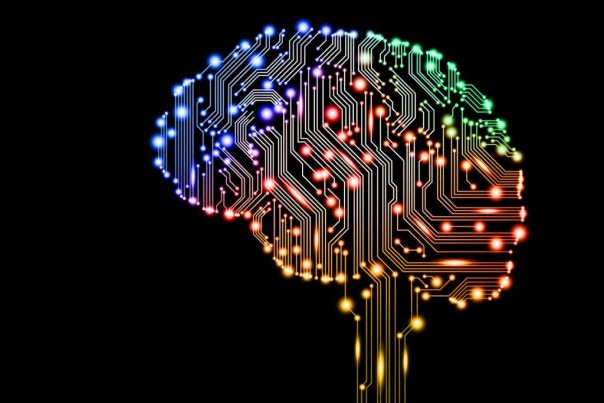
Researchers show how a moth’s brain is smarter than artificial intelligence
Sunday, March 18, 2018 by David Williams
http://www.realsciencenews.com/2018-03-18-researchers-show-how-a-moths-brain-is-smarter-than-artificial-intelligence.html

Insects may be simple, and in terms of intellectual capability, they will never be able to match humans, but they do have brains. They can definitely learn, as moths do when getting acquainted with new scents. But did you know that even moths can be smarter than today’s standard level of artificial intelligence?
They are indeed, and researchers are now looking into the possibility of trying to emulate them for possibly similar learning results. That is, at least one new study has been conducted in order to find out if following the way that moths learn could somehow contribute to improving the way that artificial intelligence can learn new things as well.
A recent report published online in MIT Technology Review by the Massachusetts Institute of Technology (MIT) focused on a study conducted by Charles Delahunt and his colleagues at the University of Washington in Seattle. It was said that the group managed to create an artificial neural network that mimicked the actual structure as well as the behavior of the olfactory learning system in the Manduca sexta moth. The researchers said that they had built a system that could provide some much-needed insights into how exactly natural networks can learn, and that there were potential implications for machines.
Moths such as the Manduca sexta are known to have relatively simple olfactory learning systems. These systems are well-mapped by neuroscientists so there’s already a ton of data on them. They are known to consist of five separate networks that all feed information forward from one to the next.
From what is known about them so far, the first network is a system that consists of about 30,000 chemical receptors that are used to detect many different odors. These receptors send rather noisy signals to the next level, called the antenna lobe, which contains only about 60 units, referred to as glomeruli, that are each focused on a specific odor.
The antenna lobe is known to send so-called neural odor codes to what is referred to as the mushroom body, which then encodes the odors as memories in one or more of about 4,000 kenyon cells found inside it. The resulting information gets read out by a layer of extrinsic neurons, which are the ones that interpret them into actions.
For something that seems to be so complicated, this system is still rather simple. And it’s markedly different from the systems in use in machine-learning networks. In artificial neural networks, a process called back-propagation is in play, which is said to tweak neural connections in ways that can improve outcomes as far as learning is concerned. However, in this process, information travels backward, and there are no know analogs of this in nature.
The researchers decided to create an artificial neural network that was modeled off the natural one that they found in the moth Manduca sexta, and they designed it to reproduce the behavior of the natural system on all aspects. They even included the generation of noisy signals that are part of the natural process.
What they found was that the antenna lobe plays a key role in pre-amplifying the noisy signals that are first produced by the odor receptors. And then as these signals travel to the next level, the noise is removed and only a specific, unambiguous action signal is left.
The researchers also noted that a neurotransmitter called octopamine plays its part by speeding up the learning process. Exactly how it does this is unclear. But it’s also responsible for opening new transmitting channels for wiring, which allows further learning to occur.
The key takeaway from all of this is that the performance of neural networks can be improved simply through following the blueprint of learning systems seen in even the simplest organisms such as insects. It might be safe to say that it may be a long time before they really start to catch up with actual human brains.
Find out more about advanced neural networks in Computing.news.
Sources include:
Tagged Under: Tags: artificial intelligence, Brain, cognitive function, computing, Deep Learning, future tech, Glitch, machine learning, moths, neural networking, Neural Networks





